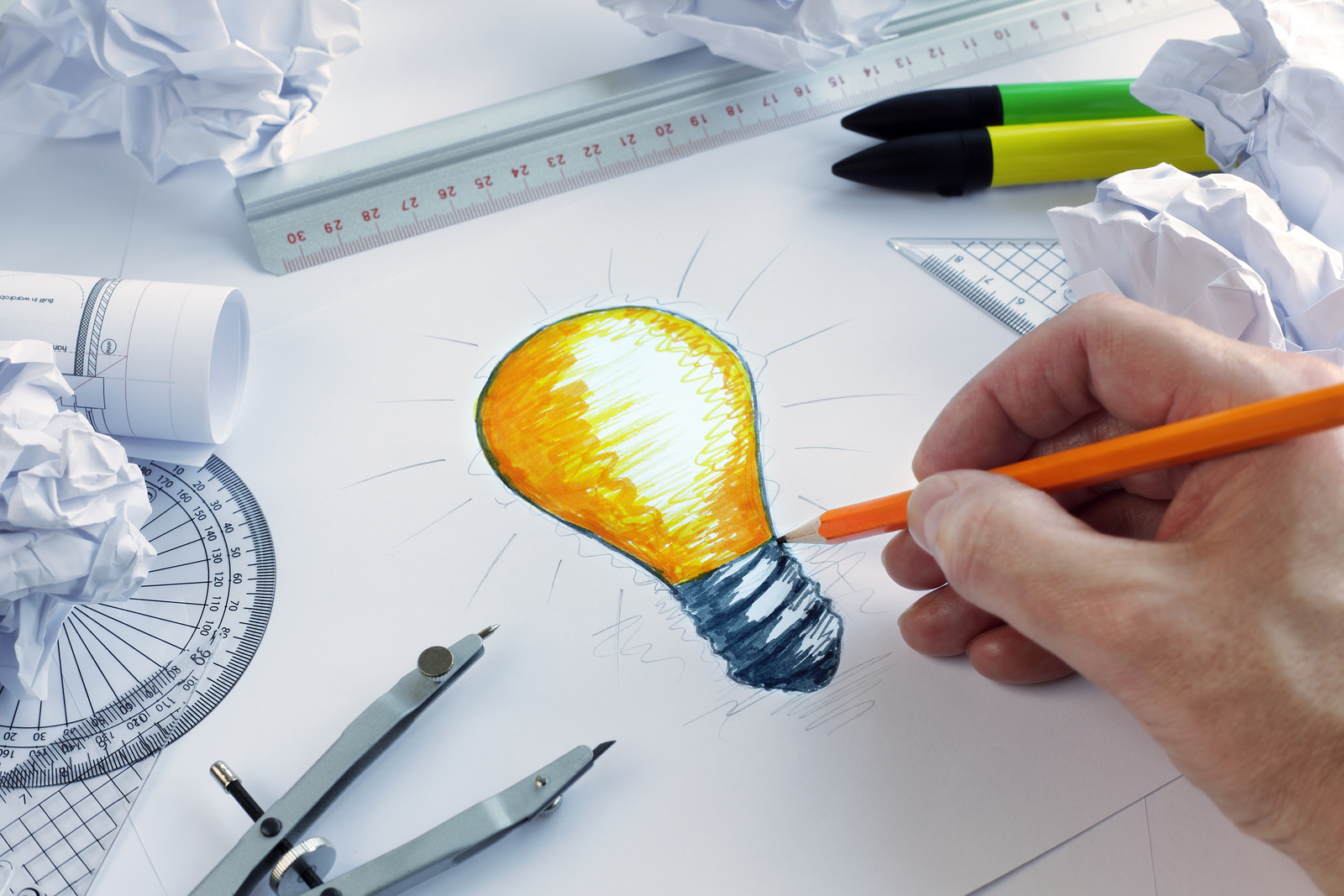

Tag: Kinesthetic learning
Study Tips for the Kinesthetic Learner
There are various types of learning preferences. Kinesthetic learning, also known as tactile learning, involves a preference for learning by doing or engaging in physical activities. Taking in information through sitting still in lectures is not ideal for a kinesthetic learner. However, there are ways that students with this learning style can capitalize no the trait in order to improve their intake and retention of information. If you feel this learning style applies to you, read on to learn more and for some helpful study tips for the kinesthetic learner.
Characteristics and Strengths
Kinesthetic learners are most engaged while moving. Therefore, it makes sense to try to incorporate some kind of activity when studying or learning something new. One tell-tale sign of these learners is that they often grip their pencil or pen tightly and push down hard when writing. They also may find themselves jingling keys in their pocket, twirling a ring or tapping a pen while studying. Snacking, chewing gum or smoking is common for kinesthetic learners. If these characteristics sound familiar, you’re likely a kinesthetic learner.
Kinesthetic learners have a number of strengths, and you can benefit by incorporating them into your study strategies. They tend to have great hand-eye coordination and quick reaction, so taking notes while reading may benefit you. Tactile learners have remarkable motor memory. This means they can usually pick something up quickly after only trying it once. They also excel at experiments. One characteristic that is probably most advantageous to the lifestyle of a busy college student is the high energy levels of this type of learner.
Now let’s look at some practical study tips to help meet your preferred learning style needs.
Find an Ideal Study Space
Having a regular place to study is beneficial for most students because it trains your brain to engage in the work at hand. However, for active learners it is especially important to find a type of study space that accommodates your particular need for movement or engagement. Experiment with different spaces and styles to see what works for you. For example, you may benefit from a standing desk so that you can pace a bit. Maybe you like to spread out and would feel more comfortable lying on a bed. Some tactile learners lounging in a cozy chair, while others may prefer a straight back chair so they can tap their foot. Find what feels best for you.

Take Notes
Taking notes while reading online or studying is one of the best ways to keep yourself engaged and take in the material as an active learner. Your notes should be personal to you. So if you like lots of color, use different pens or highlighters in your note taking. Draw diagrams, stick figures or symbols in your notes to help retain concepts. Kinesthetic learners tend to understand information best when they personalize it and use representative tools as visual cues.
Teach Others
That’s right. Teaching the information you just studied is a fantastic method to help you remember it. If you can find a study group of classmates to meet with over Skype, that would be great. You could each take part of the material and teach it to each other. If this won’t work for you, grab a willing friend or family member to teach. Teaching ensures that you are familiar with the material and allows you to actively engage in using it.
Find a Way to be Active
Kinesthetic learners are physical and tactile. It truly does help to incorporate some of the characteristics mentioned earlier into your study routine. If it helps you to physically be on the go, grab that textbook and walk around. Reading out loud may even be beneficial in helping the material to stick with you. Tap your pencil or your foot. Fidget, play with your keys, bounce a tennis ball or wrap a rubber band around your wrist. Chewing gum is surprisingly effective for many active learners. Any kind of repetitive movement is usually good. Do what feels right and seems to work best for you and your lifestyle.
Take Regular Breaks
Physical learners don’t like sitting still for long periods of time, so don’t force yourself to do so. Every hour, or as often as needed, get up from your study spot and do something else. Take a walk. Grab a snack. Talk to a friend. This will help you clear your head and feel renewed when returning to your studying.
As you can see, there are lots of effective ways for tactile learners to learn. Follow these study tips for the kinesthetic learner, and you’re sure to be ready for that next exam.
Get in touch with a Brighton College representative to learn more about the programs available.
